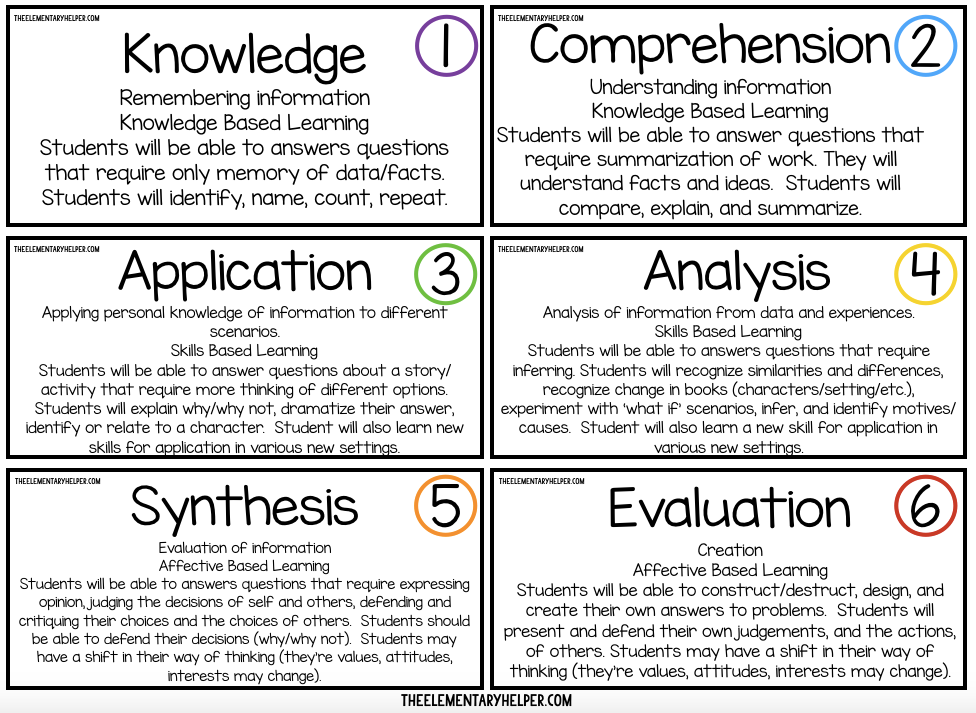Introduction
As children grow and develop, they not only acquire knowledge, but also learn how to ask questions. Higher level questioning skills are essential for children’s cognitive development, as it encourages critical thinking and problem-solving abilities. This article delves into the concept of higher level questioning skills in young children, exploring its importance, examples of higher order questions, and strategies to foster this skill.
The Importance of Higher Level Questioning Skills
Higher level questioning skills enable children to delve deeper into their thoughts and ideas. It is an essential component of their intellectual growth and encourages creativity. These skills allow children to analyze, synthesize, and evaluate information, which strengthens their ability to not only retain knowledge but also make connections across various domains.
Examples of Higher Order Questions
Higher order questions engage children’s cognitive processes beyond simple recall of facts. They are categorized into six levels in Bloom’s taxonomy: knowledge, comprehension, application, analysis, synthesis, and evaluation. Here are some examples of higher order questions for each level:
1. Knowledge: “What are the three primary colors?”
2. Comprehension: “Can you describe how a caterpillar turns into a butterfly?”
3. Application: “What changes would occur if you moved a polar bear to a hot desert?”
4. Analysis: “Compare and contrast the differences between reptiles and mammals.”
5. Synthesis: “How might you design a robot that helps with everyday household chores?”
6. Evaluation: “Critique the decision people made a century ago to build cities near rivers.”
Strategies for Fostering Higher Level Questioning Skills
Parents and educators play a crucial role in encouraging higher level questioning skills in young children. Here are some strategies that can help:
1. Model good questioning: Demonstrate how to ask higher order questions by providing examples in daily conversations.
2. Encourage curiosity: Embrace children’s innate curiosity and allow them the space and time to explore and ask questions about their environment.
3. Teach Bloom’s taxonomy: Teach children about the different levels of questioning so they can identify and classify the types of questions they encounter.
4. Provide open-ended activities: Encourage children to engage in activities that promote critical thinking, such as creating a story together or problem-solving challenges.
5. Scaffold questioning abilities: Give immediate, supportive feedback that guides children towards higher level questions.
6. Praise effort: Recognize and appreciate the efforts made by children to ask deeper questions, regardless of whether they arrive at the correct answer.
Conclusion
Higher level questioning skills in young children are crucial for their cognitive development. By embracing a child’s curiosity, modeling good questioning techniques, and using strategies to encourage deeper thinking, we can help develop critical thinkers equipped with essential problem-solving abilities for their future success.


